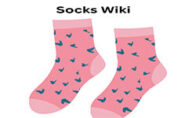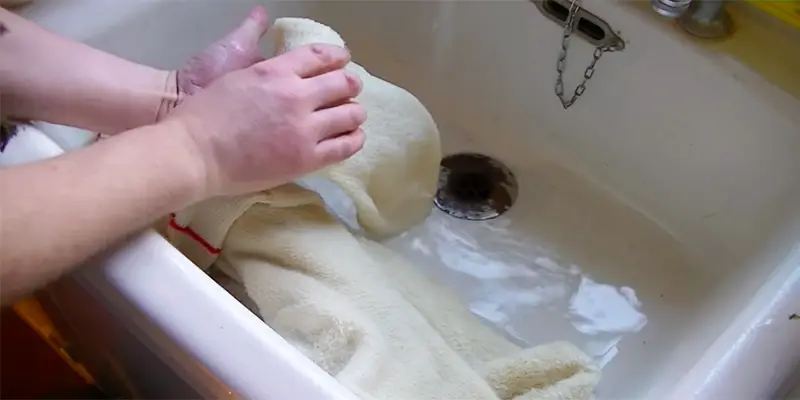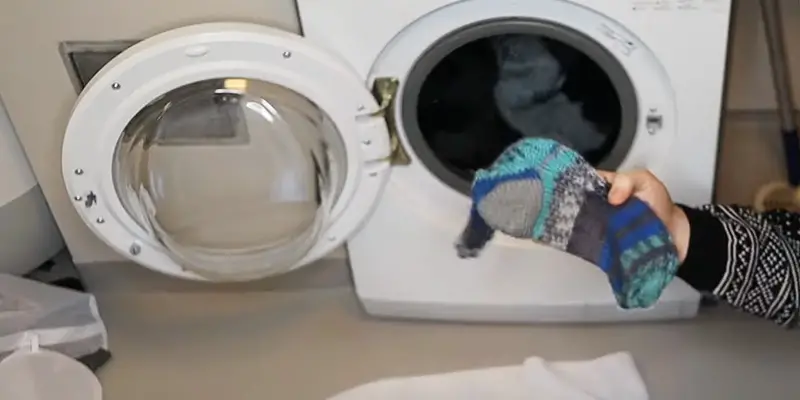Hi, I'm Christopher Bevans, the creator of SocksWiki.com. With a background in fashion design and a passion for innovation, I’m here to share my knowledge on socks from troubleshooting tips to detailed buying guides. I believe the right pair of socks can make all the difference, and through this site, I aim to help you find the perfect fit for every occasion.
Hi, I'm Christopher Bevans, the creator of SocksWiki.com. With a background in fashion design and a passion for innovation, I’m here to share my knowledge on socks from troubleshooting tips to detailed buying guides. I believe the right pair of socks can make all the difference, and through this site, I aim to help you find the perfect fit for every occasion.
Cleaning white socks with baking soda and vinegar is a simple, natural way to keep them bright and fresh. Over time, dirt, sweat, and everyday wear can leave white socks looking dull and stained.
Instead of relying on harsh chemicals, you can use these powerful household ingredients to remove stubborn stains, eliminate odors, and restore whiteness.
In this guide, we’ll walk you through the best methods for washing white socks with baking soda and vinegar, along with expert tips to prevent discoloration.
Follow these easy steps to keep your socks looking brand new and enjoy a cleaner, fresher wardrobe effortlessly!
Effective Cleaning Methods for White Socks With Baking Soda and Vinegar
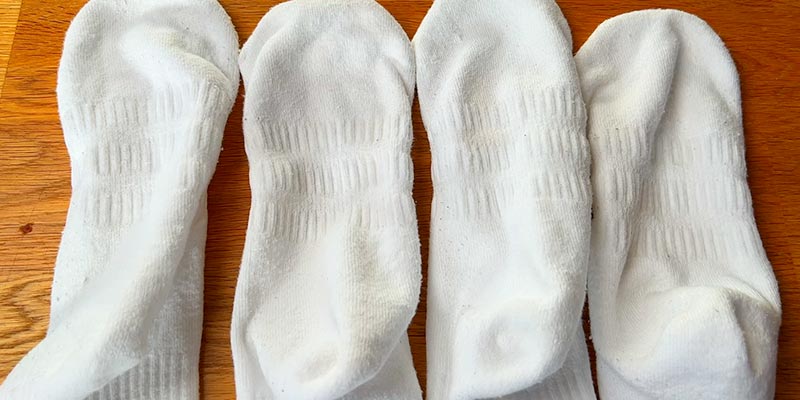
Cleaning white socks requires more than just tossing them in the washing machine. Effective methods improve cleaning results, such as pre-soaking in solutions like baking soda or vinegar.
Vinegar acts as a natural disinfectant and deodorizer, while baking soda serves as a mild abrasive to lift dirt and stains. A crucial tip for maximum effectiveness is to pre-soak the socks in hot water to loosen grime.
The Science Behind Vinegar and Baking Soda
Both baking soda and vinegar work through their chemical properties to help clean fabrics. Vinegar contains acetic acid, which helps dissolve dirt and grime, while baking soda has a high pH level that aids in removing stains.
According to reports, when used together, they create a fizzing reaction that can dislodge dirt from fabric fibers.
Pre-Soaking Techniques for Stubborn Stains

For persistent stains on white socks, a pre-soak is essential. Here’s how to effectively set up your pre-soak:
- Fill a basin with hot water.
- Add 1 cup of white vinegar or baking soda.
- Submerge your socks fully and let them soak for 30 minutes to several hours, depending on the severity of the stains.
This method allows the cleaning agents to penetrate fabric fibers, making it easier to lift the stains during the main wash cycle.
| Cleaning Agent | Effectiveness | Best For |
| Baking Soda | Lift stubborn stains | Odors, dirt build-up |
| Vinegar | Disinfect and deodorize | Removing discoloration, softening fibers |
This table summarizes how each cleaning agent contributes differently to the cleaning process. Baking soda is particularly effective at lifting heavy soils and odors, making it a go-to for everyday wash, while vinegar excels in disinfection and deodorization.
By understanding their unique strengths, you can customize your sock-cleaning routine to tackle specific issues that arise.
- Effective pre-soaking enhances stain removal.
- Baking soda helps lift dirt while vinegar disinfects.
- Combining both can yield excellent results for softening and deodorizing.
How to Use Baking Soda to Whiten Socks
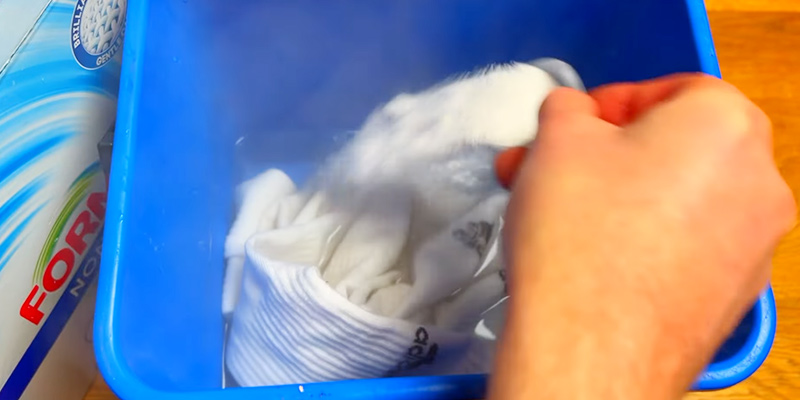
Baking soda is not just for baking; it’s a multi-purpose cleaning agent that is effective for whitening white socks. Its unique ability to neutralize odors and lift stains sets it apart as a go-to cleaning solution.
Step-by-Step Guide for Soaking with Baking Soda:
- Start by filling a basin or your sink with warm water.
- Add ½ cup of baking soda and mix until dissolved.
- Place your socks in the solution and let them soak for at least 30 minutes, though overnight is recommended for tougher stains.
- After soaking, wash the socks in a regular cycle with your preferred laundry detergent.
Following this method can lead to remarkably clean and fresh socks. A 2024 study indicated that socks soaked in baking soda return to their original brightness, making it a reliable household cleaning hack.
Success Stories: Real-life Results from Baking Soda Soaks
Many households have reported satisfactory results using baking soda. One anecdote highlighted the experience of a family with teenage boys who frequently returned home with dirt-laden socks. They consistently achieve bright results by soaking their socks in baking soda before each wash.
The removal of odors and stains kept their family’s sock drawer looking fresh and sanitary.
| Result | Condition Before | Condition After |
| Brightness | Dingy, grayish appearance | Bright white, restored color |
| Odor | Pungent, musty smell | Fresh, clean scent |
The above table reflects the transformations that can occur when using baking soda as a pre-soak. The notable change in brightness and the removal of odor reveals how effective this method can be. Accounts from various families demonstrate that adopting such simple practices can lead to lasting results, maintaining a high standard for cleanliness.
- Baking soda is effective as a stain loosening agent.
- Soaking durations play a crucial role in the outcome.
- Real-life stories attest to its effectiveness in restoring white socks.
Using Vinegar to Clean White Socks
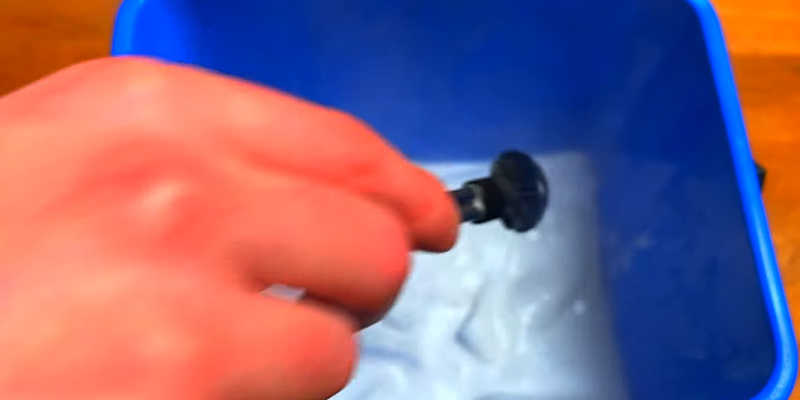
Vinegar has long been praised for its versatility in cleaning applications, especially for whitening clothes. Its acetic acid content helps to break down stains and grime, making it an ideal cleaning solution for white socks.
Vinegar Soaking Techniques for Optimal Results
Here’s how to harness the power of vinegar to clean your socks:
- Prepare a solution of 1 cup of vinegar mixed with 1 gallon of hot water.
- Place your dirty white socks into the mixture, ensuring they are completely submerged.
- Let them soak for a minimum of 30 minutes, or ideally overnight for tough stains.
- After soaking, wash them in your washing machine using your regular detergent.
This process allows vinegar to penetrate the fabric fibers, breaking down stubborn stains that may not budge with detergent alone.
Why Vinegar is Effective for Sock Cleaning
Experts rave about vinegar’s effectiveness because it accomplishes multiple roles in the cleaning process: it acts as a disinfectant to kill bacteria, deodorizes, and helps in breaking down mineral deposits, which can dull whites. Regular use of vinegar in laundry improves color retention and softness of fabrics.
| Benefit | How it Works |
| Stain Removal | Disolves grime through acetic acid |
| Deodorizing | Neutralizes odors |
This table shows the fundamental benefits of using vinegar as a sock cleaner. Each benefit reveals the chemical reaction and influence vinegar has in preserving not only the brightness of the socks but also their fabric integrity.
By employing vinegar regularly in your laundry routine, you ensure that your socks remain fresh and odor-free.
- Vinegar acts as a powerful stain remover and deodorizer.
- Longer soak times yield better cleaning results.
- Regular use can lead to softer and fresher socks.
Combining Baking Soda and Vinegar to Clean White Socks
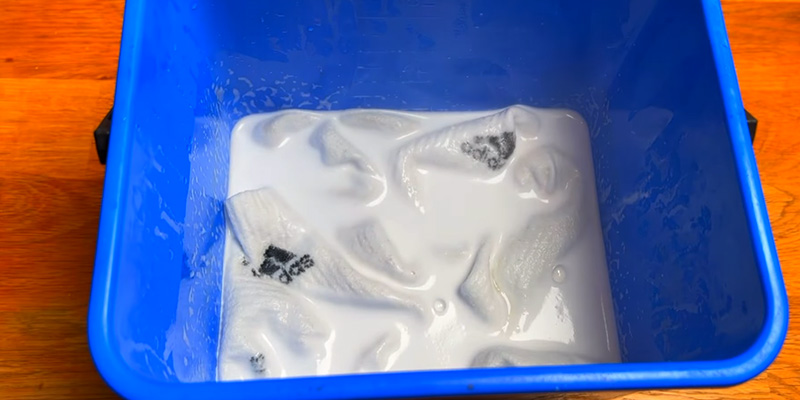
The best way to achieve exceptional cleaning results on dingy white socks is by harnessing the combined powers of baking soda and vinegar. This potent duo enhances both whitening and cleaning capabilities through their chemical interactions.
The Reaction Between Baking Soda and Vinegar Explained
When baking soda (a base) and vinegar (an acid) are mixed, they create a fizzing reaction that releases carbon dioxide gas.
This reaction not only provides a fun visual but also successfully knocks dirt and grime loose from fabric fibers, making them easier to wash out.
How to Implement the Dual Method
To use baking soda and vinegar together, follow these steps:
- First, soak your white socks in a solution of warm water and ½ cup baking soda for several hours or overnight.
- After soaking, rinse out the socks and prepare a vinegar rinse by mixing 1 cup of vinegar with warm water.
- Soak the socks in the vinegar solution for another 30 minutes.
- Finally, wash your socks in the machine with your regular detergent.
This technique combines the benefits of each cleaning agent, resulting in thoroughly cleaned, fresh-smelling, and bright white socks.
| Method | Steps | Expected Outcome |
| Baking Soda Soak | Soak for 4-12 hours | Gently lifts stains |
| Vinegar Rinse | Soak for 30 minutes | Neutralizes odors |
This table highlights the sequential steps to using this combined method effectively. Each step brings its own advantages, leading to a complete cleaning process that tackles stubborn stains and odors in a household item known for its affordability and accessibility.
- Combining baking soda and vinegar enhances cleaning effects.
- This method minimizes the need for harsh chemicals.
- Sequential soaking increases effectiveness in stain and odor removal.
General Tips for Sock Maintenance
Beyond effective cleaning methods, consistent and strategic maintenance practices contribute significantly to keeping white socks in pristine condition. With these tips, you can prevent future staining while boosting the longevity of your favorite pairs.
Dos and Don’ts of Washing White Socks
- Do wash white socks separately from colored items to avoid dye transfer.
- Do pre-treat any visible stains with a liquid detergent or vinegar to prevent them from setting.
- Don’t use cold water. Hot water is essential for effective stain removal.
- Don’t overload the washing machine, as it reduces the washing effectiveness.
When to Use Bleach vs. Natural Methods
While bleach remains a common choice for whitening, it should be used sparingly due to its potential to damage fabric when overused. Instead, natural methods using vinegar, baking soda, and sunlight should be your first line of defense.
| Method | When to Use | Advantages |
| Baking Soda | For everyday stains | Gentle on fabric, odor removal |
| Vinegar | For deodorizing and disinfecting | Eco-friendly, fabric softening |
| Bleach | For severe discoloration or stains | Immediate brightening |
The above table summarizes when to opt for each cleaning solution. While bleach is effective in specific scenarios, the combination of baking soda and vinegar offers an eco-friendly alternative without sacrificing quality. Effective sock maintenance is thus achievable without exposing fabrics to harsh chemicals.
- Consistent washing and pre-treatment help preserve whiteness.
- Utilizing natural methods enhances the longevity of the socks.
- Correct use of bleach can revitalize heavily stained socks when necessary.
Frequently Asked Questions
Can you mix bleach with vinegar or baking soda?
No, mixing bleach with vinegar or baking soda can create harmful reactions. Bleach and vinegar emit toxic fumes when combined, while mixing bleach and baking soda can form a hazardous substance.
How to handle stubborn stains on white socks?
To handle stubborn stains, consider pre-soaking your white socks in a solution of either hot water and baking soda or vinegar before the regular washing.
You can also spot treat the stains directly with a stain remover or liquid laundry detergent and let it sit for 15-20 minutes before the main wash. This pre-treatment often proves more effective than washing alone.
Why do my white socks still look dirty after washing?
This can happen for several reasons, including using cold water instead of hot for washing, mixing in colors that bleed, or failing to pre-treat stains properly.
Furthermore, overloading the washing machine can prevent socks from getting the necessary agitation to clean thoroughly. Always separate whites and pre-treat stains for best results.
How often should I wash my white socks?
To maintain their brightness, white socks should ideally be washed after every wear. This prevents the buildup of dirt and sweat that can lead to permanent discoloration.
Frequent washing coupled with the correct methods ensures your socks remain white and stay comfortable.
Are natural methods as effective as bleach for whitening?
While bleach is effective for immediate whitening, natural methods like using baking soda and vinegar can provide excellent results without damaging the fabric. These methods also support a gentler approach to cleaning, preserving the material quality over time.
Conclusion
Cleaning white socks doesn’t have to be a daunting task. By implementing effective methods using baking soda and vinegar, coupled with regular maintenance, you can successfully keep your socks bright and fresh.
Understanding the chemistry of these household items will empower you to tackle stains and odors with confidence.
Ultimately, routine care paired with the strategies outlined in this article will ensure your once dingy socks are not only restored to their original brilliance but also protected against future discoloration. So go ahead, refresh your sock collection with these easy and accessible cleaning techniques!

Hi, I'm Christopher Bevans, the creator of SocksWiki.com. With a background in fashion design and a passion for innovation, I’m here to share my knowledge on socks from troubleshooting tips to detailed buying guides. I believe the right pair of socks can make all the difference, and through this site, I aim to help you find the perfect fit for every occasion.
- Latest Posts by Christopher Bevans
-
Socks Care Label Symbols and Meanings: 5 Explained
- -
Smartwool vs Darn Tough Socks: Hiking, Running, Women & Men
- -
Socks Storage Ideas: 10 Real-Life DIY Ideas
- All Posts
